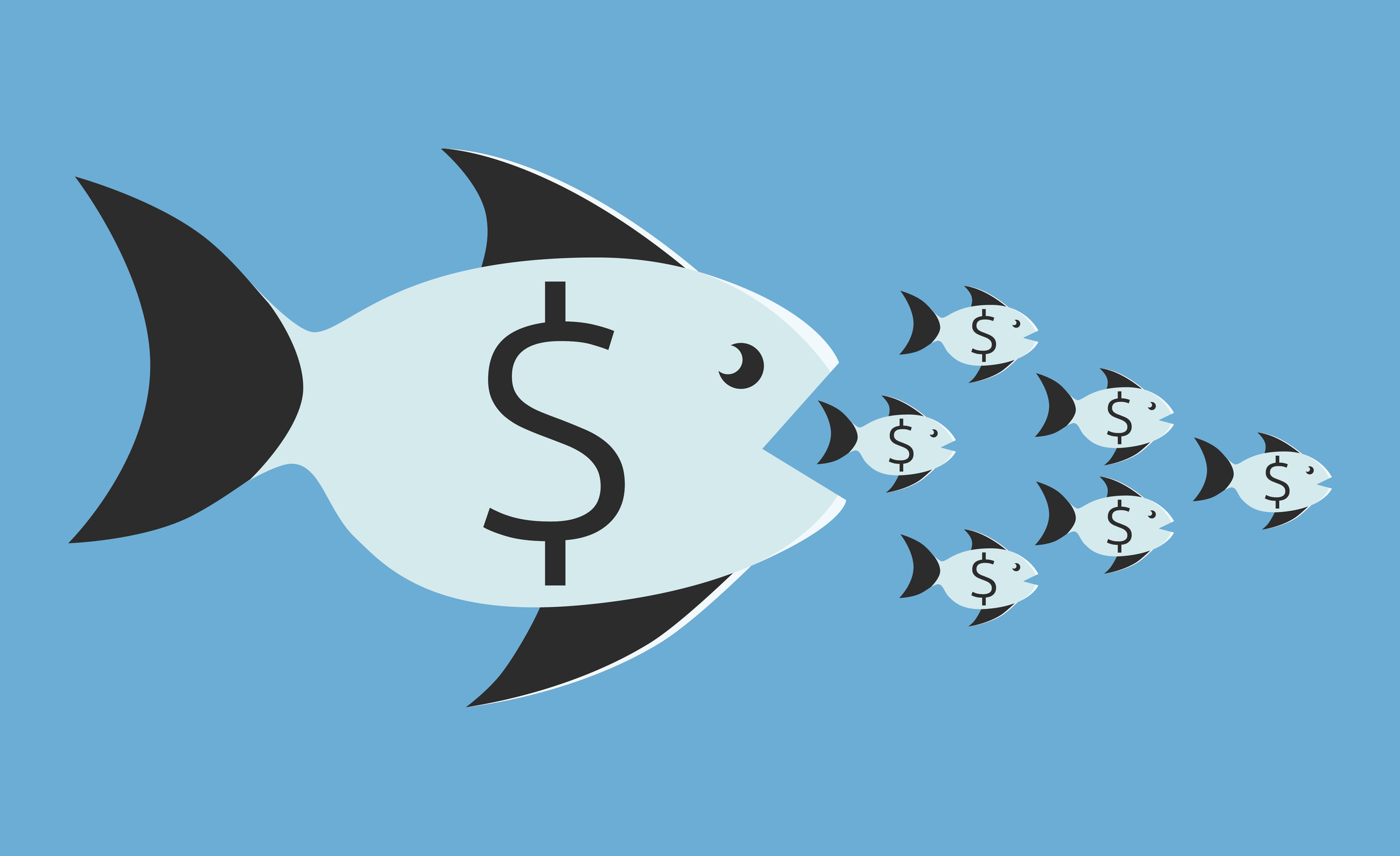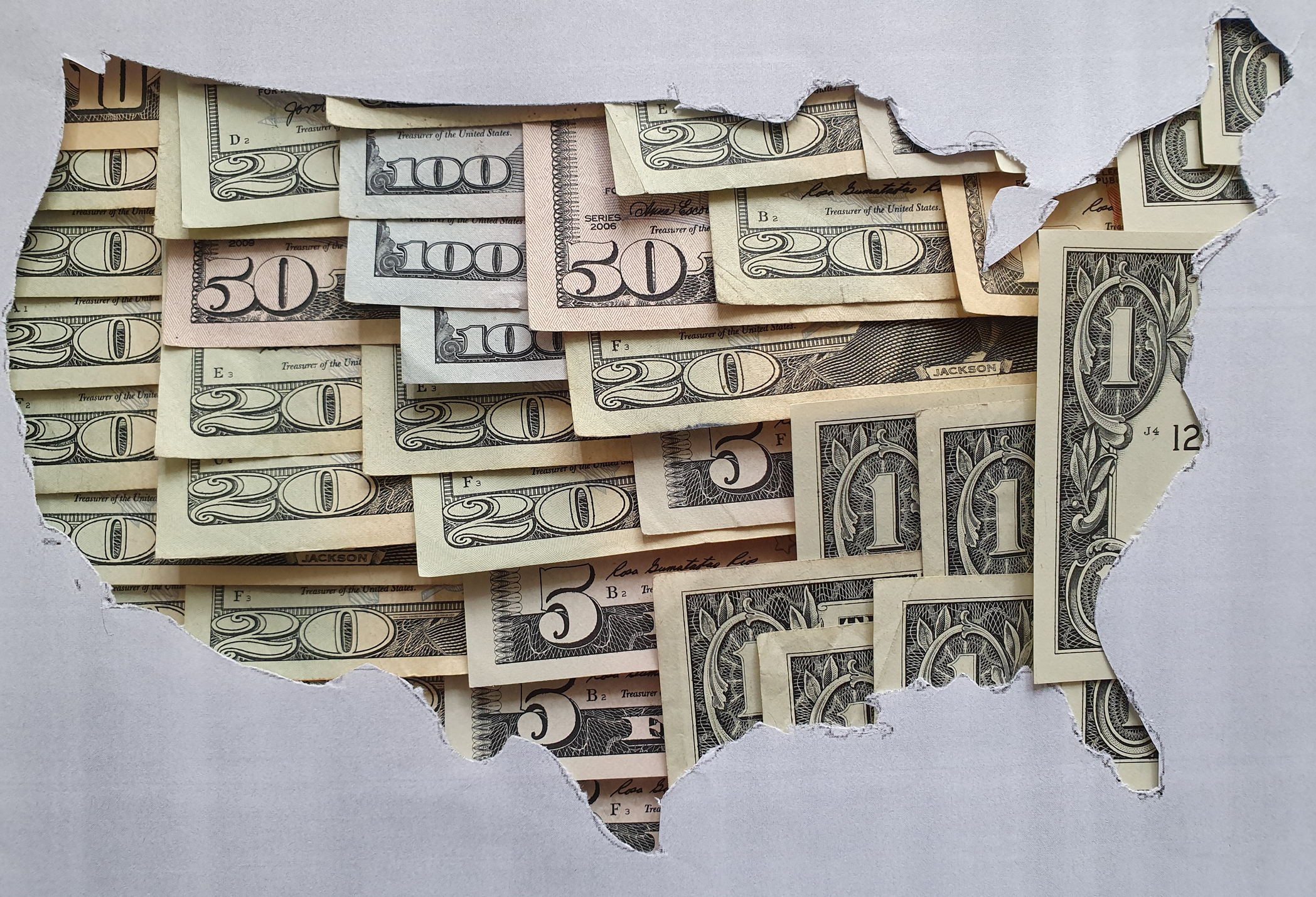Big Change Afoot for the "Kiddie Tax" Under the New Tax Law
Though the exemption remains the same, the rates are quite different.


Note: The editors of Kiplinger's Personal Finance magazine and the Kiplinger Tax Letter are answering questions about the new tax law from subscribers to our free Kiplinger Today daily email. See other reader Q&As about the new tax law, or submit your own question.
Question: How does the new tax law treat the taxation of earnings inside a child’s Uniform Gift to Minors Account?
Answer: First, there is no change for 2017 earnings and, going forward, a child’s investment income in excess of a certain amount — $2,100 for both 2017 and 2018 — continues to be subject to the “kiddie tax.” But there is a big change.

Sign up for Kiplinger’s Free E-Newsletters
Profit and prosper with the best of expert advice on investing, taxes, retirement, personal finance and more - straight to your e-mail.
Profit and prosper with the best of expert advice - straight to your e-mail.
In the past, earnings subject to the kiddie tax were taxed at the parents’ tax rate. Starting with 2018 returns, the parents’ rate will not matter. Instead, investment earnings in excess of $2,100 will be taxed at the rates that apply to trusts and estates. Here are those rates for 2018:
- Up to $2,550 10%
- $2,550 to $9,150 24%
- $9,150 to $12,500 35%
- Over $12,500 37%
Note that under the new individual income tax brackets, the top 37% rate doesn’t kick in for individual taxpayers until taxable income exceeds $500,000. At first blush, it might appear that the severely compressed rate structure that tops out at $12,500 will trigger bigger tax bills than in the past. But that’s not necessarily the case. It depends on the amount of income subject to the kiddie tax and the parents’ tax bracket.
Consider, for example, a situation in which a UGMA throws off $5,000 of income subject to the kiddie tax and that the parents have taxable income of $150,000. In 2017, applying their 25% rate to the $5,000 would have cost $1,250. If the old rules still applied, using the parents’ new 22% rate would result in an $1,100 tax on that $5,000 of income. Applying the trust tax rates produces a kiddie tax bill of just $843 on the child’s investment income.
The kiddie tax applies to investment income of children under age 19 or, if full-time students, age 24.
Get Kiplinger Today newsletter — free
Profit and prosper with the best of Kiplinger's advice on investing, taxes, retirement, personal finance and much more. Delivered daily. Enter your email in the box and click Sign Me Up.

-
 Tax Time: Does Your Kid Influencer Owe Taxes?
Tax Time: Does Your Kid Influencer Owe Taxes?State Tax Some minors are making big money on social media. Here’s how to know if they need to file taxes.
By Gabriella Cruz-Martínez Published
-
 10 Major AI Companies You Should Know
10 Major AI Companies You Should KnowThese 10 AI companies are at the forefront of machine learning. Find out how they’re driving innovation and jostling to be the biggest players in the game.
By Tom Taulli Published
-
 Tax Time: Does Your Kid Influencer Owe Taxes?
Tax Time: Does Your Kid Influencer Owe Taxes?State Tax Some minors are making big money on social media. Here’s how to know if they need to file taxes.
By Gabriella Cruz-Martínez Published
-
 Free IRS Tax Filing for 30 Million People: Will It Continue Under Trump?
Free IRS Tax Filing for 30 Million People: Will It Continue Under Trump?Tax Filing Direct File was piloted last year in 12 states and has since expanded to 25. But some wonder whether the program will last under the Trump administration.
By Gabriella Cruz-Martínez Last updated
-
 Did Florida’s Chance at $1,000 in Property Tax Rebates Vanish?
Did Florida’s Chance at $1,000 in Property Tax Rebates Vanish?State Taxes The Florida Legislature bypassed Gov. Ron DeSantis’ wish to cut property taxes and instead voted to lower the state’s sales tax.
By Gabriella Cruz-Martínez Published
-
 How Caregivers for Adults Can Save on Taxes in 2025
How Caregivers for Adults Can Save on Taxes in 2025Tax Breaks Caring for your parent or spouse can be stressful, but the IRS offers tax breaks for qualifying taxpayers. Here they are.
By Kate Schubel Published
-
 New South Carolina Income Tax Cut Might Eat Your Cash
New South Carolina Income Tax Cut Might Eat Your CashState Taxes South Carolina’s flat income tax bill could have the majority of residents paying higher income taxes. Find out how.
By Kate Schubel Published
-
 U.S. Treasury to Eliminate Paper Checks: What It Means for Tax Refunds, Social Security
U.S. Treasury to Eliminate Paper Checks: What It Means for Tax Refunds, Social SecurityTreasury President Trump signed an executive order forcing the federal government to phase out paper check disbursements by the fall.
By Gabriella Cruz-Martínez Published
-
 IRS Layoffs Spark Delays, Doubt This Tax Season
IRS Layoffs Spark Delays, Doubt This Tax SeasonTax Season Tax experts say Trump’s downsizing of the IRS is already causing problems.
By Gabriella Cruz-Martínez Last updated
-
 States with the Highest Income Tax Rates for Retirees
States with the Highest Income Tax Rates for RetireesState Tax You may reconsider living and retiring in one of these states due to high taxes.
By Kate Schubel Last updated